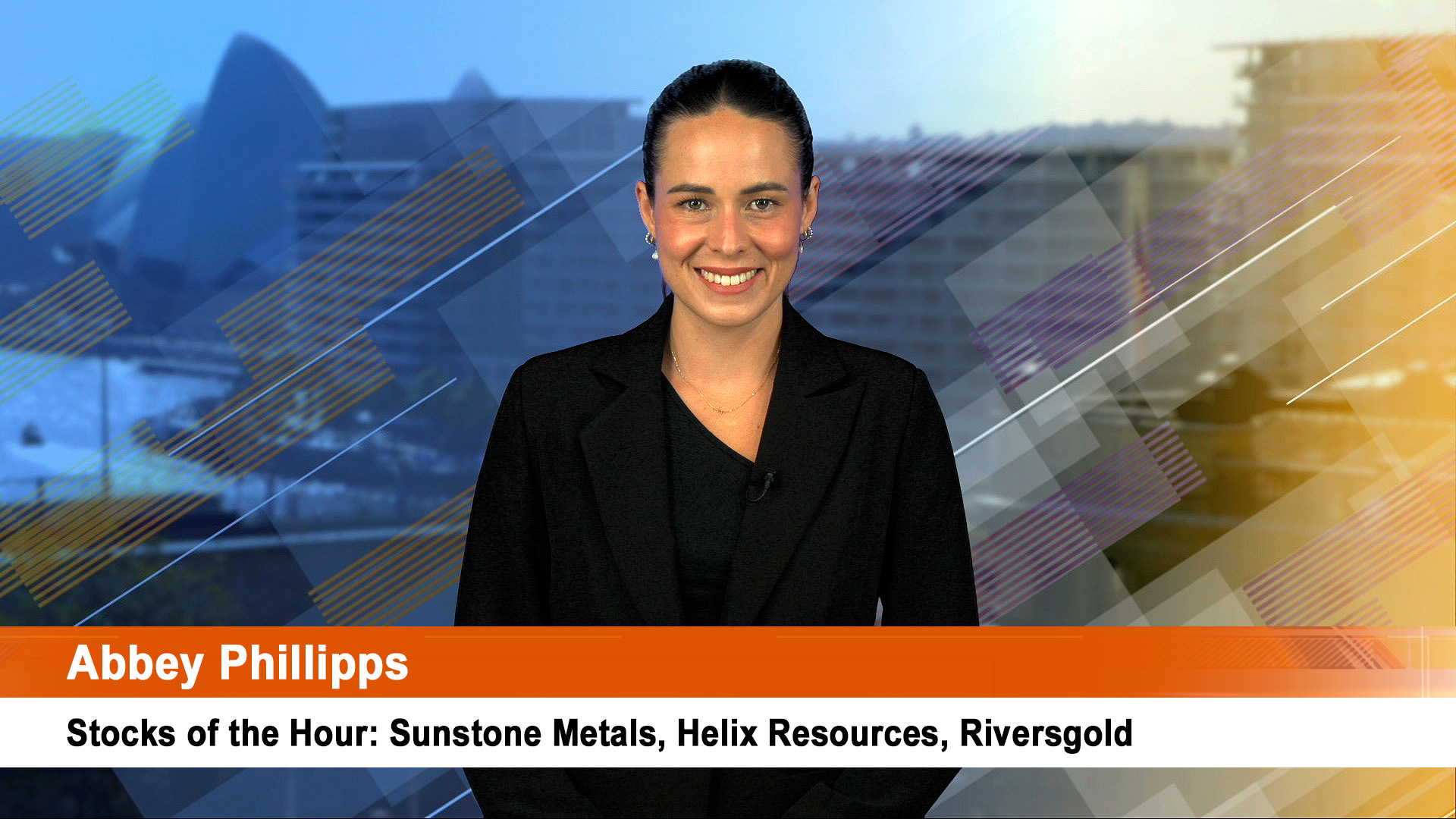The increasingly wild trading conditions on global markets, especially in the US continued this morning with the Dow, S&P 500 and the Nasdaq all roaring back with big gains.
That was after the minutes of the last Fed meeting, released at 5 am, Sydney time, showed far more caution about the timing of the first rate rise since the end of 2008.
In fact Wall Street had its biggest one day gain of 2014 so far – which came a day after one of the biggest sell-offs of the year.
The rebound though had all the hallmarks of a massive relief rally and nothing more substantial. Like the Fed members, US markets are terrified of getting it wrong on the looming rate rise. Huge losses could be triggered by a wrong call.
Markets are on tenterhooks as a result. It’s one of the reasons why trading in Australian markets has been so febrile.
That volatility tells us there are some very nervy investors – large and small – at the moment.
US markets had lost ground in early trading overnight, then regained some of the losses, taking a lead from weak European trading which saw major markets down.
The German stockmarket moved into correction territory with a loss of 10% from its most recent peak.
Helping in after hours trading sentiment was a better than expected third quarter result from Alcoa after the official market dealings had ended.
Gold rose, the Aussie dollar jumped sharply – the only major market left out was oil which fell to new lows in US and European trading.
Our market will start trading this morning with a roar after futures trading showed a gain of 57 points.
The Aussie dollar jumped from a low overnight of 87.34 to around 88.50 in early Asian trading.
But US bond yields fell to end at 2.31%, the lowest close this year (the previous was 2.34%).
Oil’s weakness is far more important than the volatility in other commodities or in equities because it is a key measure of the strength of economic activity and at the moment that’s telling us to expect a slow down.
The IMF told us this week the global economy will slow, but oil’s weakness is in fact warning us that the downturns in China, the eurozone and Japan – the three regions where the sluggish economic conditions are a standout – could be rougher than we think.
Fed members didn’t want to convey the wrong impression on the timing of a rate rise after the current round of easing end this month.
They know that if their comments are taken the wrong way, there could be huge losses for investors around the world (insurance companies and banks are very exposed) and that in turn could plunge the eurozone into recession, (it’s teetering on the edge), and halt the recovery in the US economy by crunching housing demand and employment.
In fact some would describe it as a reluctance by the Fed’s most important policy making committee to send any signals to the markets via changing thew wording of its post meeting statements.
Again, the IMF overnight pointed out what’s at stake in the Fed’s timing of the rate rise and the way it tells the market by pointing out huge losses could hit investors in all assets around the world, especially bonds.
But the US markets focused on the Fed’s reluctance to change its commentary on the US economy for fear markets will misread them
As a result US markets ended on session highs. The S&P 500 jumped 34 points, or 1.75%, to end at 1,969. The Dow soared jumped 275 points, or 1.64%, to 16,994 while the Nasdaq Composite added 84 points, or 1.9%, to 4,469.
Those gains followed the big falls on Tuesday which saw the S&P 500 lose 1.5% and the Dow suffer its biggest sell off in two months.
But we should heed the oil market where traders didn’t join in the festivities
Oil prices fell to their lowest in more than two years overnight. US crude fell 1.4% to $US87.31, the lowest price in 18 months for the West Texas style marker crude. The price was around $US87.51 in Asian trading this morning.
In London, Brent type crude (the global marketer price) fell to $US90.66 a barrel overnight – down 1.5%. That took the losses for Brent to 20% since the price peaked at $US115 a barrel in June – as the latest Middle East tensions erupted in Iraq. This morning’s close was a two year low for Brent.
The sustained fall in oil prices (and other commodities as well) is helping drive down inflation and inflationary expectations, especially in the US. The fall in energy prices is adding to the deflationary pressures in the eurozone (on top of the slowing level of economic activity, as well as undermining attempts to stimulate inflation in Japan to boost growth).
While the slide is also helping boost consumer incomes at a time when real wage growth is declining, the bigger message is the negative one about the outlook for growth (and inflation).













